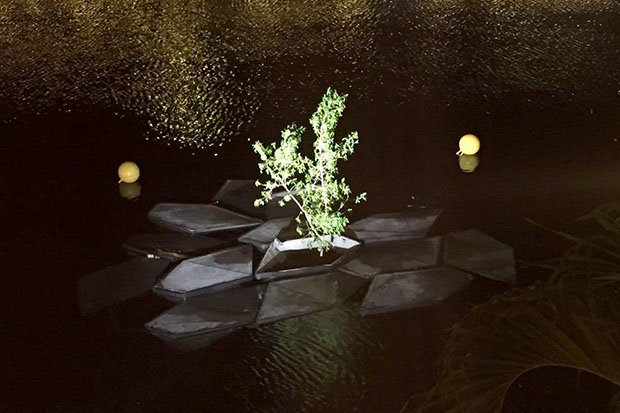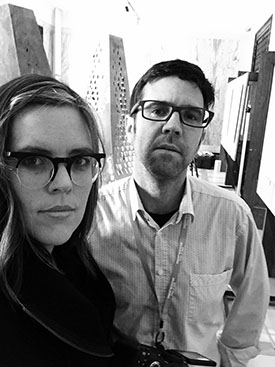Swinging Into Summer: Syracuse International Jazz Fest Returns With Star Power, Student Talent and a Soulful Campus Finale
Get ready for the sweet summer sounds of jazz in the city and on campus. The University is again a sponsor of the Syracuse International Jazz Fest, a five-day celebration of world-class jazz music and community spirit, taking place June…



